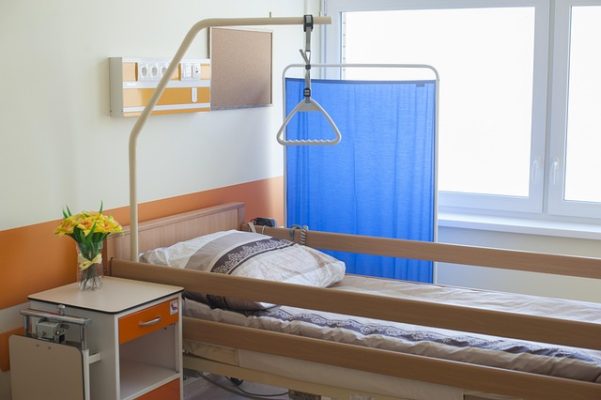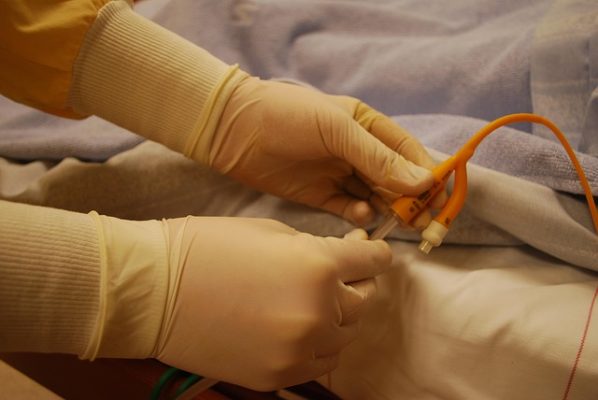Consumer Advocacy Groups Oppose Elimination of the CPSC
 The Trump Administration has proposed elimination of the Consumer Product Safety Commission (CPSC), a bipartisan independent agency created by Congress that handles numerous product safety questions. An elimination of the agency would take crucial data-driven safety rules that protect people around the country from dangerous and defective products and immediately leave those rules vulnerable to political aims. The CPSC’s own 2026 budget request to Congress was the vehicle for the proposal of both agency elimination and an alarming reduction in consumer safety funding and staffing. This budget request, as well as an earlier leak of Administration documents that revealed a plan to get rid of the CPSC, have been strongly condemned by the Consumer Federation of America and other groups. There is still recourse if you or a loved one was injured by a defective or dangerous product. You should consult the seasoned product liability lawyers of Moll Law Group to determine whether you have a viable claim. Billions have been recovered in lawsuits with which we’ve been involved.
The Trump Administration has proposed elimination of the Consumer Product Safety Commission (CPSC), a bipartisan independent agency created by Congress that handles numerous product safety questions. An elimination of the agency would take crucial data-driven safety rules that protect people around the country from dangerous and defective products and immediately leave those rules vulnerable to political aims. The CPSC’s own 2026 budget request to Congress was the vehicle for the proposal of both agency elimination and an alarming reduction in consumer safety funding and staffing. This budget request, as well as an earlier leak of Administration documents that revealed a plan to get rid of the CPSC, have been strongly condemned by the Consumer Federation of America and other groups. There is still recourse if you or a loved one was injured by a defective or dangerous product. You should consult the seasoned product liability lawyers of Moll Law Group to determine whether you have a viable claim. Billions have been recovered in lawsuits with which we’ve been involved.
Talk to Moll Law Group About Your Defective Product Claim
The CPSC budget request proposes that CPSC functions be transferred to the Department of Health and Human Services (HHS). Meanwhile, the HHS is also experiencing a dramatic reduction in both funding and workforce. There have been layoffs, grant cancellations, and disruptions to public health programs around the country. In its criticism of the budget request for elimination, the Consumer Federation stated that it was fantastical to think that a new assistant secretary position could effectively utilize HHS administrative and support functions in the face of HHS’s huge budget cuts. The budget request, it says, will impair the ability to discover, respond to, and ultimately stop dangerous products from entering homes.
There are also 121 consumer advocacy groups that have called on Congress to reject the plan to collapse CPSC into HHS on the grounds that moving the agency could delay and weaken oversight, including the taking of important safety actions around dangerous products. The groups have asked Congress to maintain CPSC’s independence in the interests of household safety, and they’ve also asked Congress to fully fund the original fiscal year 2026 budget request from CPSC rather than follow the transfer plan. With the funds from the original budget request, the CPSC could conduct detailed investigations of emerging dangers, inform the public more clearly about safety problems, modernize its outdated technologies, stop dangerous items at ports of entry, and improve enforcement of product safety laws.
 Illinois Injury and Mass Tort Lawyer Blog
Illinois Injury and Mass Tort Lawyer Blog






 Recently, the popular alcoholic beverage maker High Noon had to
Recently, the popular alcoholic beverage maker High Noon had to  Tegu’s Magnetic Floating Stackers are children’s wooden toys that have a base, six pieces of different colors that stack, two posts, and two figures. All of these connect with magnets. Recently, Tegu recalled the
Tegu’s Magnetic Floating Stackers are children’s wooden toys that have a base, six pieces of different colors that stack, two posts, and two figures. All of these connect with magnets. Recently, Tegu recalled the  Recently, Fresh & Ready Foods, LLC
Recently, Fresh & Ready Foods, LLC  Recently, the manufacturer Medtech Products Inc., a Prestige Consumer Healthcare Inc. company voluntarily
Recently, the manufacturer Medtech Products Inc., a Prestige Consumer Healthcare Inc. company voluntarily  In May of this year, the manufacturer Medtronic voluntarily
In May of this year, the manufacturer Medtronic voluntarily  Per- and polyfluoroalkyl substances (PFAS, also known as forever chemicals) are used in many different consumer products. They are found in around 45% of the United States’s drinking water supplies. The chemicals are slow to break down and have been linked to medical problems in the past. Earlier this year, the Keck School of Medicine at USC
Per- and polyfluoroalkyl substances (PFAS, also known as forever chemicals) are used in many different consumer products. They are found in around 45% of the United States’s drinking water supplies. The chemicals are slow to break down and have been linked to medical problems in the past. Earlier this year, the Keck School of Medicine at USC  Two brands of tomatoes from Williams Farms Repack, LLC were recalled in May in 14 states because of the risk of salmonella contamination. A little over a month ago, the recall was elevated to a
Two brands of tomatoes from Williams Farms Repack, LLC were recalled in May in 14 states because of the risk of salmonella contamination. A little over a month ago, the recall was elevated to a  When there are a number of different cases pending in various districts against common defendants and featuring common factual and legal issues, it may be appropriate for plaintiffs to seek to have the cases centralized in a single district. When cases are centralized in this way, pretrial proceedings and discovery can be streamlined. Centralization also prevents judges’ inconsistent rulings on various pretrial matters, particularly evidentiary challenges.
When there are a number of different cases pending in various districts against common defendants and featuring common factual and legal issues, it may be appropriate for plaintiffs to seek to have the cases centralized in a single district. When cases are centralized in this way, pretrial proceedings and discovery can be streamlined. Centralization also prevents judges’ inconsistent rulings on various pretrial matters, particularly evidentiary challenges.  The United States Department of Agriculture’s Food Safety and Inspection Service (FSIS)
The United States Department of Agriculture’s Food Safety and Inspection Service (FSIS)